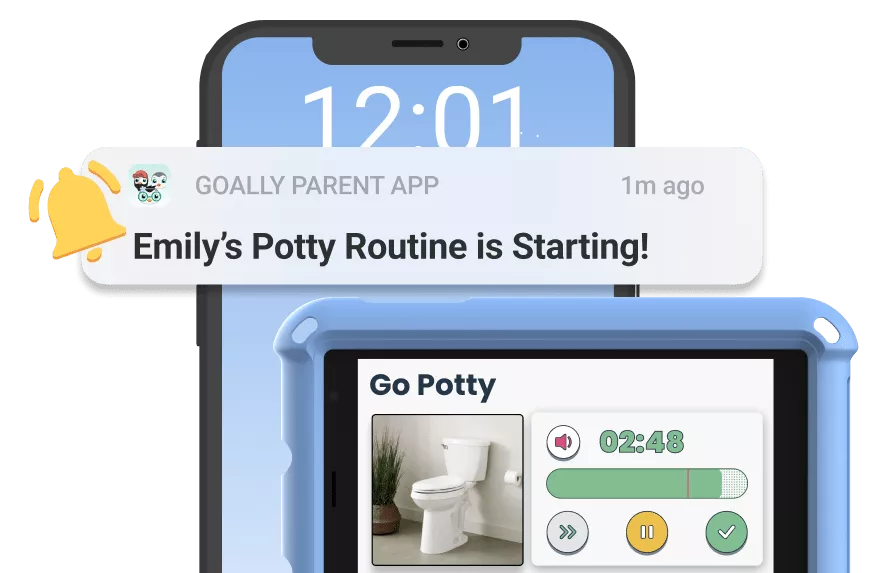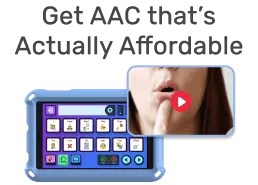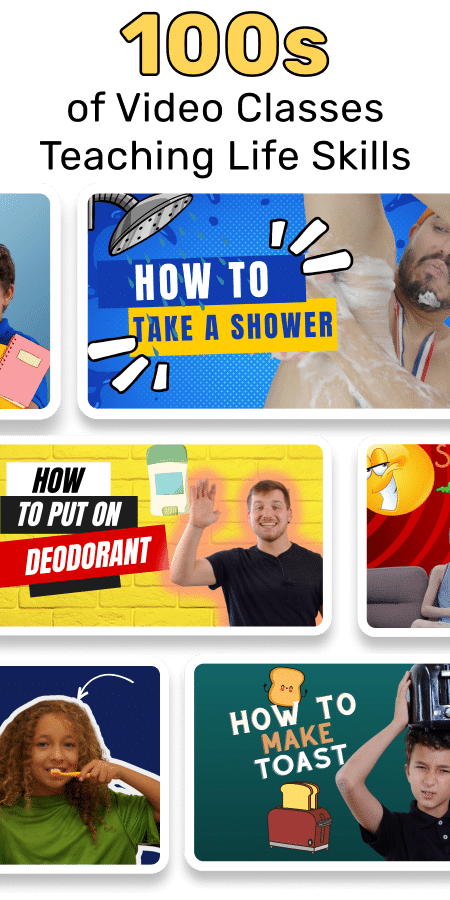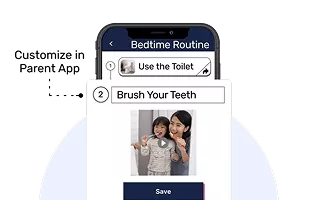Teaching kids how to compromise is a crucial life skill that can transform their social interactions and problem-solving abilities. As a child development specialist, I’ve seen firsthand how mastering the art of compromise can reduce conflicts and foster healthier relationships. Compromise involves finding a mutually acceptable solution where each party makes concessions. It’s about meeting in the middle, considering others’ perspectives, and working together to find a win-win solution. In this guide, I’ll walk you through practical steps to help your children learn this valuable skill, from understanding the concept to practicing real-life scenarios. Let’s equip our kids with the tools they need to navigate disagreements and build stronger connections with others.
Table of Contents
1. Explain the Concept of Compromise
The first step in teaching kids how to compromise is helping them understand what it means. I often start by using simple, relatable examples. For instance, I might say, “Compromise is like sharing a cookie. If you and your friend both want it, instead of fighting, you could each get half. That way, you both get some of what you want.”
It’s important to emphasize that compromise doesn’t mean always giving in or losing. Instead, it’s about finding a solution where everyone wins a little. I encourage parents to point out examples of compromise in everyday life, like when family members decide on a movie to watch together or choose a restaurant for dinner. These real-life situations help kids see how compromise works in practice.
2. Teach Active Listening Skills
A crucial component of compromise is understanding the other person’s perspective, and that starts with listening. I often use a fun exercise called “Mirror, Mirror” to teach active listening. Kids pair up, and one speaks for a minute about their favorite toy while the other listens carefully. Then, the listener has to “mirror” back what they heard, using phrases like “So what I’m hearing is…”
This exercise helps kids practice focusing on what others are saying instead of just waiting for their turn to speak. It’s a skill that’s essential for effective compromise. When children can truly hear and understand others’ viewpoints, they’re better equipped to find solutions that work for everyone.
3. Encourage Empathy and Perspective-Taking
Empathy is the secret sauce of compromise. It’s about putting yourself in someone else’s shoes and understanding their feelings. One effective way I teach this is through role-play. We might act out a scenario where two friends want to play different games. I ask the children to switch roles halfway through, so they experience both perspectives.
Another helpful tool is using “I feel” statements. Teach your kids to express their emotions clearly: “I feel frustrated when we can’t agree on a game.” This approach helps children articulate their feelings while also considering how their actions might affect others. It sets the stage for more productive discussions and easier compromises.
4. Brainstorm Solutions Together
Once kids understand the concept of compromise and can listen actively and empathize, it’s time to practice finding solutions. I like to make this a creative, fun process. Grab a big piece of paper and some colorful markers. When a disagreement arises, sit down together and brainstorm as many possible solutions as you can, no matter how silly they might seem at first.
The key here is to encourage quantity over quality initially. Write down every idea. This approach teaches kids that there’s often more than one way to solve a problem. It also shows them that compromise often involves thinking outside the box. Once you have a list, you can work together to find the solution that best meets everyone’s needs.
5. Practice with Low-Stakes Scenarios
Learning to compromise takes practice, and it’s best to start with situations where the outcome doesn’t matter too much. This allows kids to hone their skills without feeling too much pressure. For example, you might set up a pretend scenario where two stuffed animals can’t agree on what game to play or what to have for dinner.
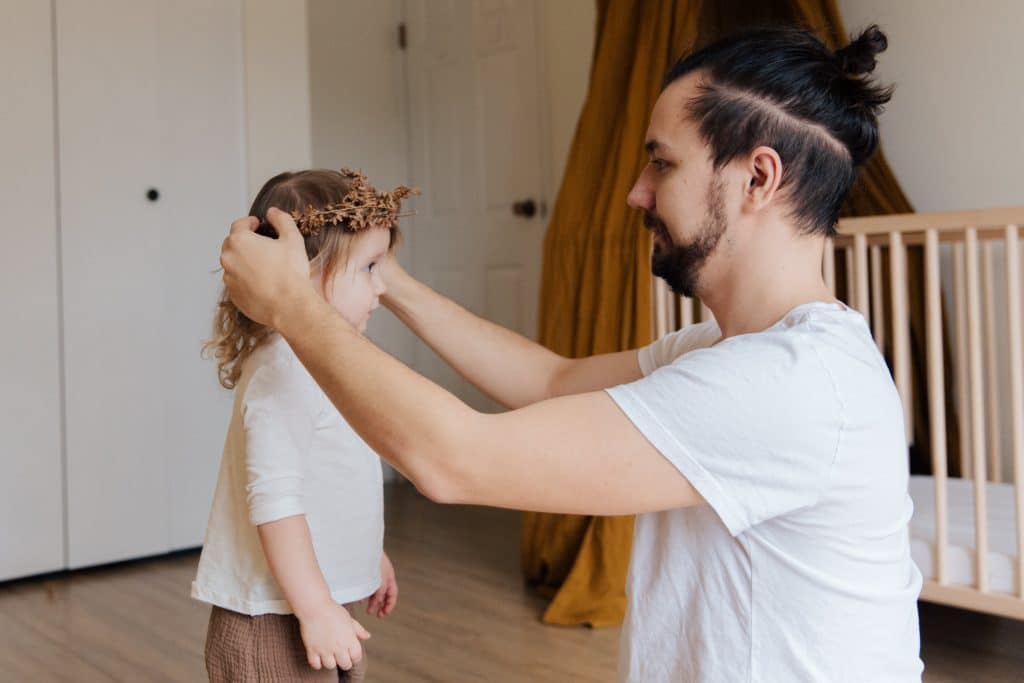
Read more: How to Develop Social Skills in Students
You can also create opportunities for compromise in daily life. Maybe let siblings take turns choosing the bedtime story or the music for car rides. These small exercises build the muscle of compromise, making it easier for kids to handle bigger disagreements down the road. Remember to praise their efforts, focusing on the process rather than just the outcome.
6. Model Compromise in Your Own Life
Kids learn a lot by watching the adults in their lives. That’s why it’s crucial to model compromise in your own interactions. When you’re deciding on weekend plans with your partner or negotiating with a colleague, let your kids see the process. Talk through your thought process out loud: “I really want to go hiking, but you prefer the beach. How about we go hiking this Saturday and plan a beach day next weekend?”
Don’t shy away from showing that compromise can sometimes be challenging. If you’re feeling frustrated during a negotiation, you might say something like, “This is tough for me, but I’m trying to find a solution that works for both of us.” This honesty helps kids understand that compromise is a skill that even adults are continually working on.
7. Use Visual Aids to Illustrate Compromise
Visual learners often benefit from seeing concepts illustrated. One effective tool I use is the “Compromise Scale.” Draw a simple balance scale on a whiteboard or paper. On one side, write one person’s wants, and on the other, the other person’s wants. Then, discuss how to balance the scale by adjusting what each person gets.
Another helpful visual is the “Compromise Venn Diagram.” Draw two overlapping circles. In one circle, write what one person wants, in the other, what the other person wants. The overlapping area in the middle represents the compromise – where both parties’ needs intersect. This visual helps kids see that compromise often involves finding common ground.
| Visual Aid | How It Works | Benefits |
|---|---|---|
| Compromise Scale | Balance wants of two parties | Shows give-and-take nature of compromise |
| Venn Diagram | Illustrates overlapping interests | Helps identify common ground |
8. Teach Negotiation Skills
Compromise often involves negotiation, a skill that can be taught even to young children. Start by teaching kids to use “and” instead of “but” when discussing options. For example, instead of saying “I want to play outside, but you want to play inside,” encourage them to say “I want to play outside, and you want to play inside. How can we make this work for both of us?”
Another useful negotiation technique is the “If-Then” approach. This involves proposing a balanced exchange: “If we play your game for 20 minutes, then we can play my game for 20 minutes.” This technique helps kids think about fair exchanges and mutual benefit, key components of successful compromise.
9. Recognize and Reward Successful Compromises
Positive reinforcement can go a long way in encouraging kids to continue practicing compromise. When you notice your child successfully compromising, whether it’s with a sibling, friend, or even you, make sure to acknowledge it. You might say something like, “I noticed how you and your sister found a way to share the tablet. That was a great compromise!”
Consider creating a “Compromise Champion” chart where kids can earn stickers or points for successful compromises. This visual reminder can help motivate them to look for opportunities to compromise in their daily lives. Remember, the goal is to make compromise feel rewarding and positive, not like a chore or a loss.
10. Address Common Obstacles to Compromise
Even with all these strategies, kids (and adults!) can sometimes struggle with compromise. It’s important to help children identify and overcome common obstacles. One frequent issue is feeling like compromise means “losing” or giving up something important. Help kids reframe this by focusing on what they’re gaining – a solution that works for everyone, a stronger relationship, or a peaceful resolution to a conflict.
Another common obstacle is strong emotions. When kids are upset, angry, or frustrated, it can be hard to think clearly about compromise. Teach them simple calming techniques like deep breathing or counting to ten. You might say, “It’s okay to feel upset. Let’s take a few deep breaths together, and then we can think about how to solve this problem.” By addressing these obstacles head-on, you’re giving kids the tools they need to navigate tricky situations.
Goally | 100+ Streaming Video Classes
Does your child need some extra guidance on building essential life skills? Goally’s skill building tablet for kids includes a TV app that has the most robust video library of skills training videos for kids. Ranging from content like “How to Brush Your Teeth” to “How to Make Friends at School,” we have dozens of interactive video lessons for kids with thinking and learning differences.
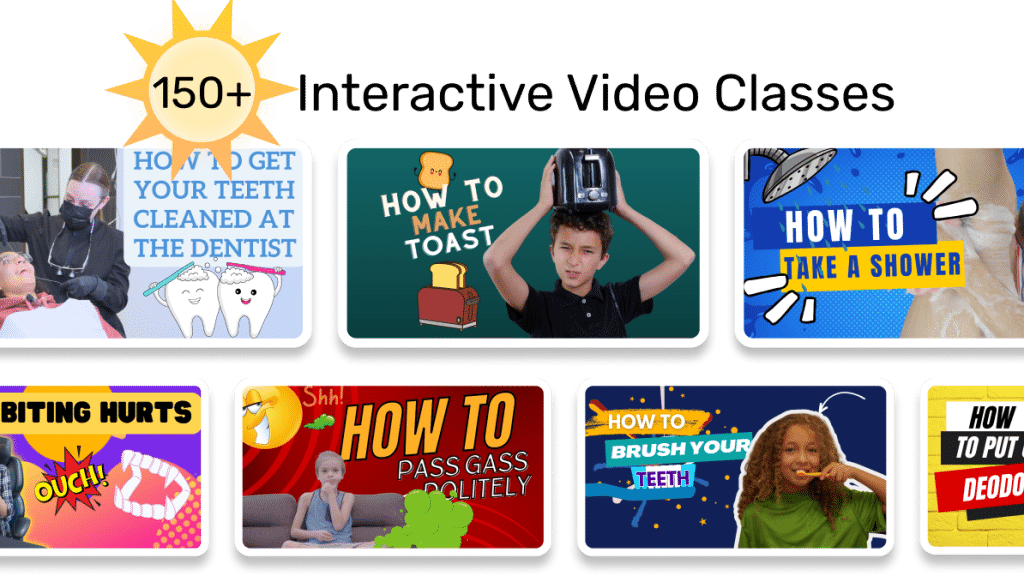
HERE’s a video explaining how to works.
Teaching kids how to compromise is a journey, not a destination. It takes time, patience, and lots of practice. But the rewards are immense. Kids who learn to compromise effectively are better equipped to handle conflicts, build strong relationships, and navigate the complexities of social interactions. Remember, every small step counts. Celebrate the attempts as much as the successes, and keep modeling compromise in your own life. With these strategies and your ongoing support, your kids will be well on their way to becoming masters of compromise, setting them up for success in all areas of life.
Helpful Resources
FAQ’s About How to Compromise
What is Goally's approach to teaching kids how to compromise?
Goally uses task analysis to break down the process of compromise into easy, step-by-step video instructions for kids.
How can Goally help my child learn how to compromise?
Goally's interactive video classes guide your child through the process of compromise, from understanding its importance to practicing it in real-life scenarios.
Does Goally provide resources for parents teaching how to compromise?
Yes, Goally provides a comprehensive guide for parents to teach their kids how to compromise, including tips and techniques for effective learning.
Can Goally's lessons on how to compromise be applied to real-life situations?
Absolutely! Goally's lessons are designed to help kids apply the skill of compromise in their daily interactions, from sharing toys to resolving disputes.
How does learning how to compromise benefit my child?
Learning to compromise helps your child develop empathy, respect for others' perspectives, and critical thinking skills, all of which are crucial for their personal and social development.
This post was originally published on 12/18/2023. It was updated on 08/15/2024.
Emily is a seasoned blog writer for Goally, leveraging her extensive background in child psychology and special education to provide valuable insights and resources for parents. Her commitment to understanding and addressing the unique needs of these children, combined with her expertise in educational strategies, makes her a credible and empathetic voice for families.

